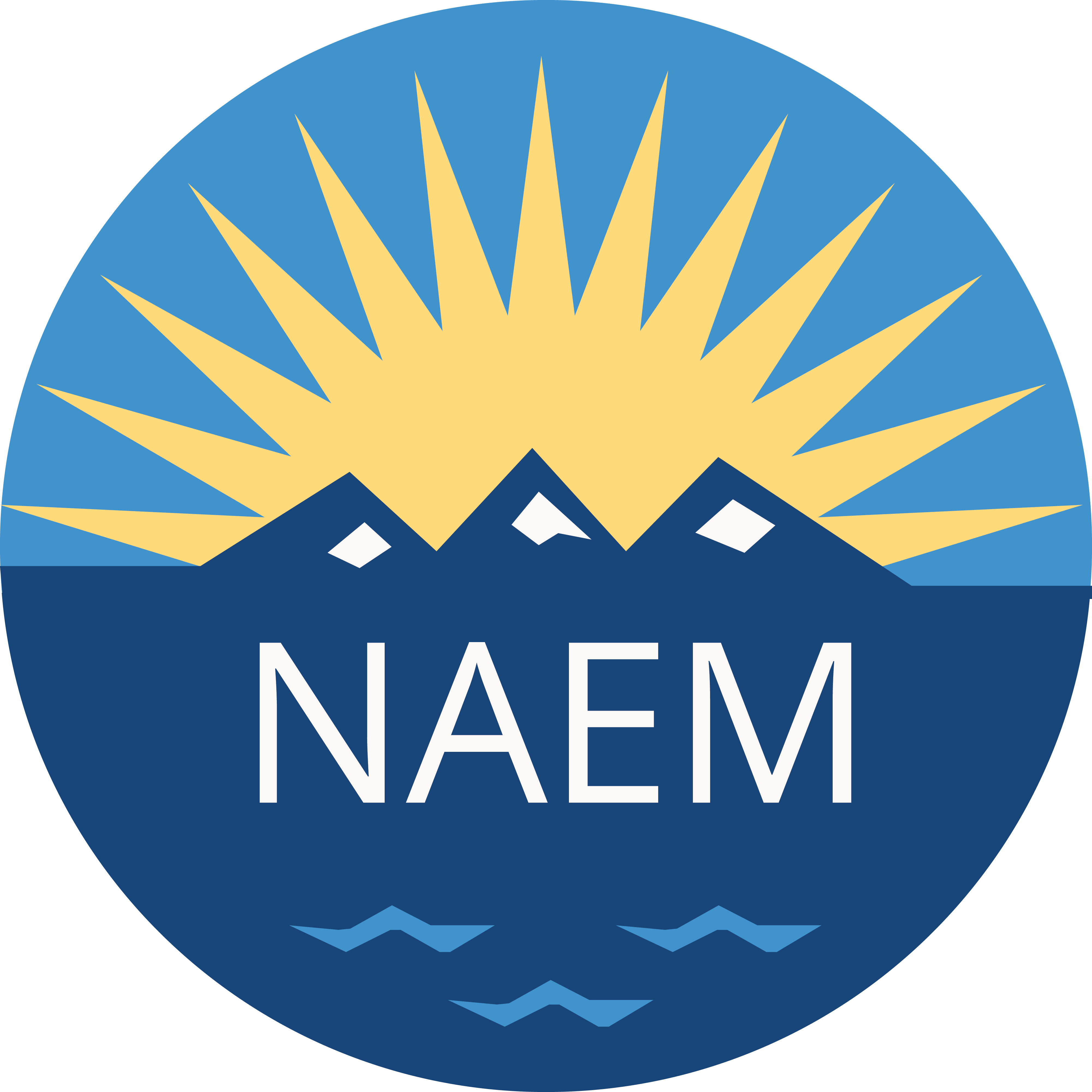The Sustainability Snowball is Gaining Mass
The Sustainability Snowball is Gaining Mass
By Carol Singer Neuvelt
We’re putting the finishing touches on the agenda for NAEM’s upcoming Corporate Sustainability Management conference, and as I look over the program, I am struck by how much the conversation about sustainability has progressed over the past few years.
In May 2010, when NAEM launched its “Green Metrics that Matter” research to identify the metrics companies are tracking internally (and why), the debate over the value of external ratings had really just begun. At that time, leadership companies were working on developing strategies to manage the flood of external requests for environment, social and governance (ESG) data.
At the stakeholder dialogue we held with the ESG research community the following spring, we learned that there was broad agreement around the need for improvements to the external reporting process. From the corporate perspective, a more streamlined approach and greater transparency in ESG analysis would drive greater participation. From the financial analyst perspective, greater corporate reporting held potential benefits for investors, consumers and businesses alike. Since then, the conversation has moved from relevance to a maturing conversation about structure, standards and purpose.
And, the principles for reform that NAEM discussed back then may soon be transformed into solutions, thanks to the efforts of the recently formed Global Initiative for Sustainability Ratings (GISR) and the Sustainability Accounting Standards Board (SASB). Next month at our conference in Arlington, Va., we’ll hear from these organizations and encourage an active dialogue on their efforts to shape how companies are evaluated on their sustainability efforts.
Another area in which the crystals of knowledge are taking shape is how to define sustainability in business terms. As anyone who has set about putting sustainability ideals into the operation will tell you, the first step is often figuring out what this aspirational concept means for your business. While there is not universally accepted definition, NAEM’s recent “Staffing and Structure” report provides what might be the first quantitative, cross-industry definition that could be used as a starting point.
Our survey of about 199 corporate leaders reveals the programs that companies most often define as ‘sustainability’ initiatives externally have to do with operational processes, goal-setting and resource conservation (all of which are primarily led by the EHS function). Specifically, those that rose to the top were: carbon footprinting, setting sustainability goals, energy management, sustainability strategy development, waste recycling and water efficiency. While this list of activities is not exhaustive of all aspects of financial and social sustainability, it does provide a working definition that we think offers clarity to the conversation about what is happening inside of companies today, and who is responsible for these programs. Moreover, it strongly echoes the findings from the Green Metrics that Matter, which demonstrated that energy, carbon and water usage are among the top metrics making it to the C-Suite at leadership companies.
As with any aspirational concept, the initial conversations about sustainability focused on why companies should adopt it as a business lens. But as Steven Ramsey said at our 2010 EHS Management Forum, “aspiration doesn’t mean much if you can’t—or don’t—operationalize it.” What we’ve seen in just the past few years is that, like a growing snowball, these theoretical ideas are gaining traction via concrete programs and key performance indicators. Even more encouraging is that this definition of sustainability is consistent with the metrics companies are tracking and reporting to the very highest levels of the company—and beyond. And that’s progress, indeed.
Carol Singer Neuvelt is Executive Director of NAEM. Her long-term perspective and insights into corporate EHS and sustainability best practices also have been featured in a variety of publications, including The Chicago Tribune, the Bureau of National Affairs, Environmental Leader, the National Safety Council’s Safety+Health magazine and Sustainable Life Media. She is the former Deputy Director for the United States Environmental Protection Agency’s (EPA) Office of Public Liaison, where she managed the agency’s interaction with external stakeholders. Follow her on Twitter at @carol_neuvelt.

